Researchers at the Allen Institute have successfully created one of the most detailed virtual mouse cortex simulations ever achieved by combining massive biological datasets with the extraordinary power of Japan's Fugaku supercomputer. The digital brain behaves like a living system, complete with millions of neurons and tens of billions of synapses, giving scientists the ability to watch diseases like Alzheimer's or epilepsy unfold step by step. The project opens a new path for studying brain function, tracking how damage spreads across neural circuits, and testing ideas that once required countless experiments on real tissue.
According to Dr. Christof Koch, Chief Scientific Officer at the Allen Institute, "This simulation is a major breakthrough in our understanding of the brain's intricate workings. By recreating the mouse cortex at a sub-cellular level, we can now study the complex interactions between neurons and their environment in unprecedented detail." The simulation, which took months to complete, is a testament to the power of high-performance computing and the potential of artificial intelligence to drive scientific discovery.
The virtual brain simulation is based on a massive dataset of biological information, including the structure and function of individual neurons, as well as the connections between them. The Fugaku supercomputer, one of the world's fastest, was used to process and analyze the data, allowing researchers to create a highly detailed and realistic model of the mouse cortex. This model can be used to study a wide range of neurological disorders, from Alzheimer's disease to epilepsy, and to test potential treatments and therapies.
The development of this virtual brain simulation has significant implications for our understanding of brain function and the treatment of neurological disorders. According to Dr. Koch, "By studying the brain in a virtual environment, we can gain a deeper understanding of how it works and how it fails. This knowledge can be used to develop new treatments and therapies that are more effective and less invasive than current methods." The simulation also has the potential to revolutionize the field of neuroscience, allowing researchers to study the brain in ways that were previously impossible.
The Allen Institute's virtual brain simulation is just one example of the exciting developments in the field of artificial intelligence and neuroscience. Other researchers are working on similar projects, using advanced computing techniques and machine learning algorithms to create highly detailed models of the brain. These models have the potential to revolutionize our understanding of brain function and to lead to the development of new treatments and therapies for a wide range of neurological disorders.
The current status of the project is that the researchers are continuing to refine and improve the simulation, using it to study a wide range of neurological disorders and to test potential treatments and therapies. The simulation is also being made available to other researchers, who can use it to study the brain and develop new treatments and therapies. As Dr. Koch noted, "This is just the beginning of a new era in neuroscience, and we are excited to see where this technology will take us."



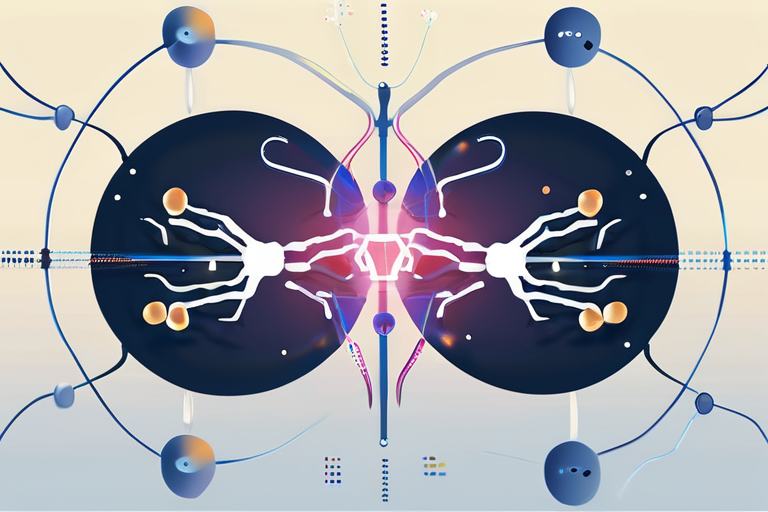
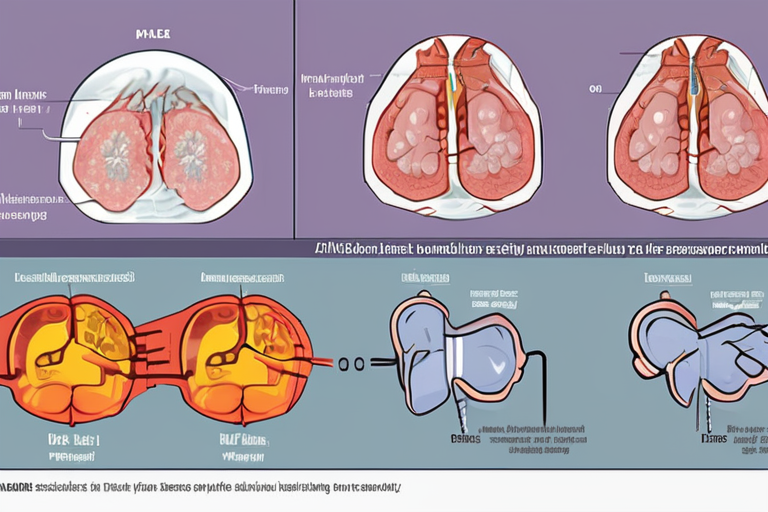

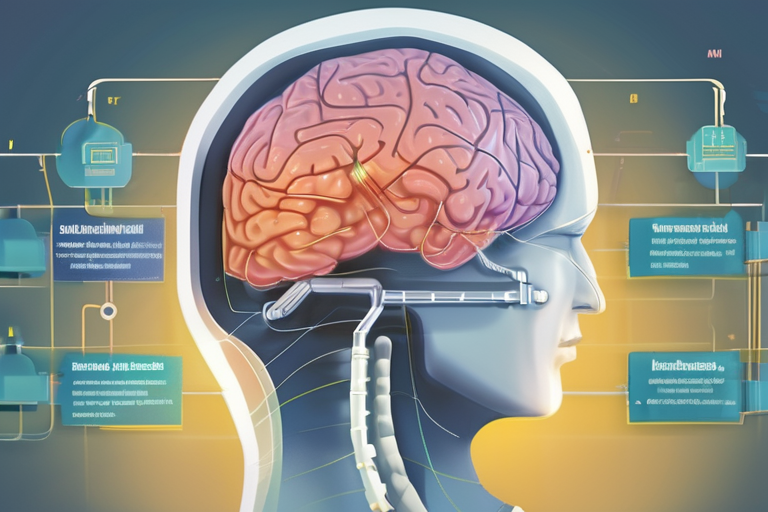

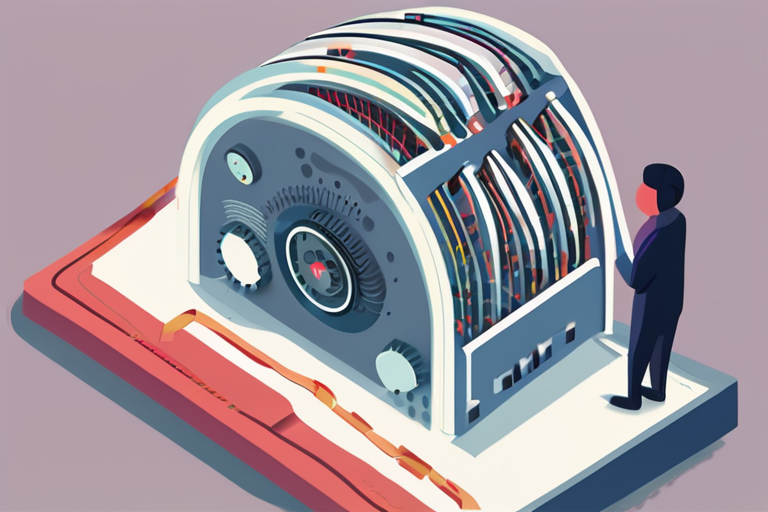



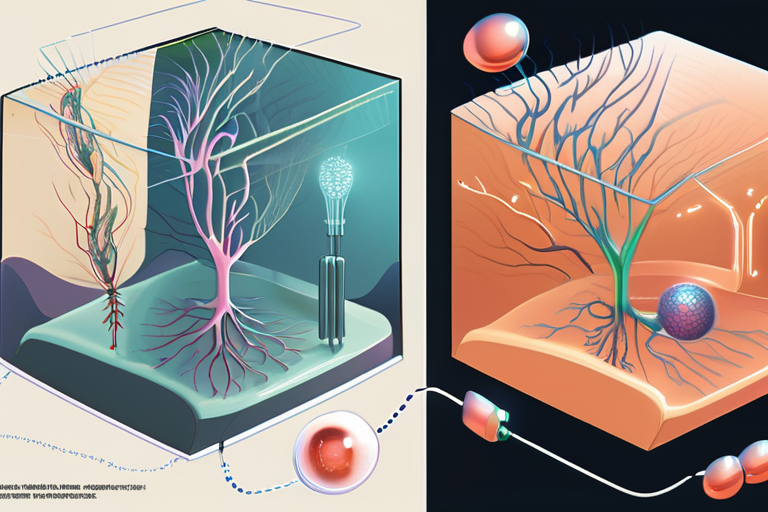
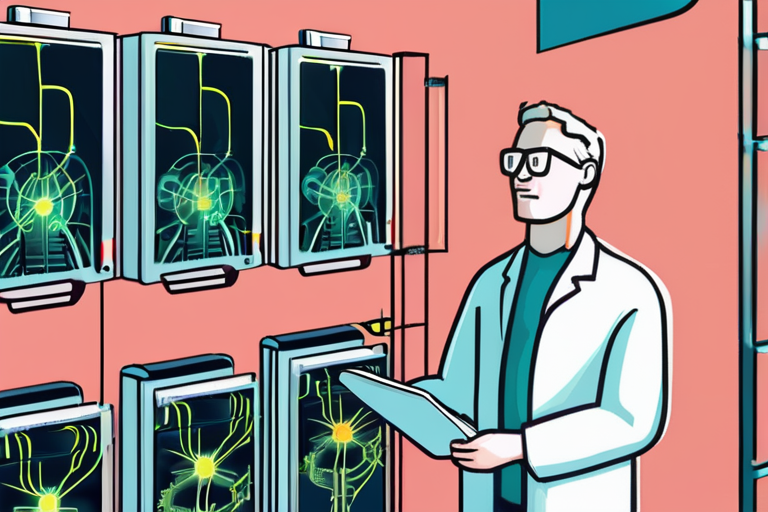
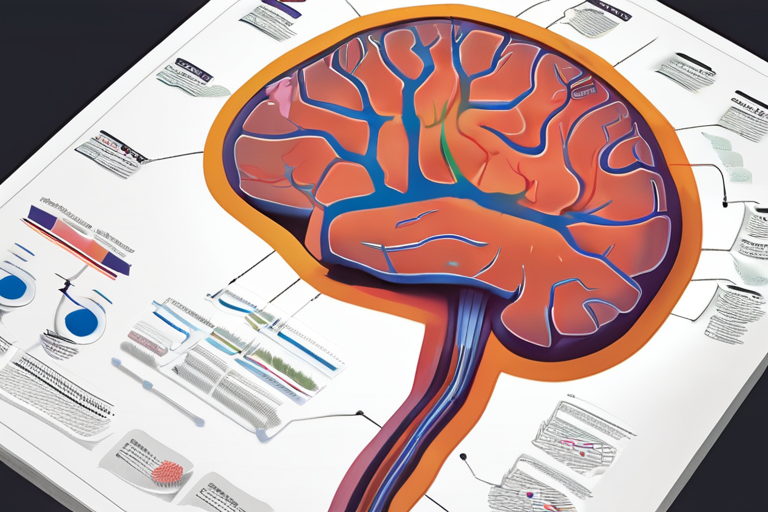





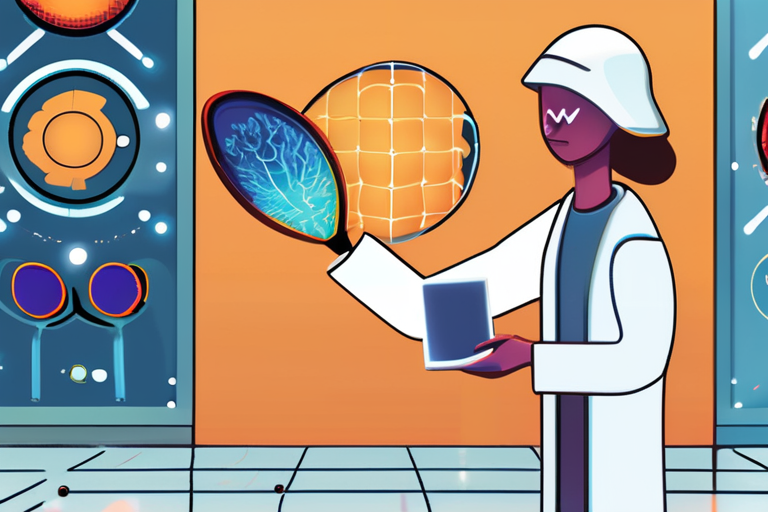


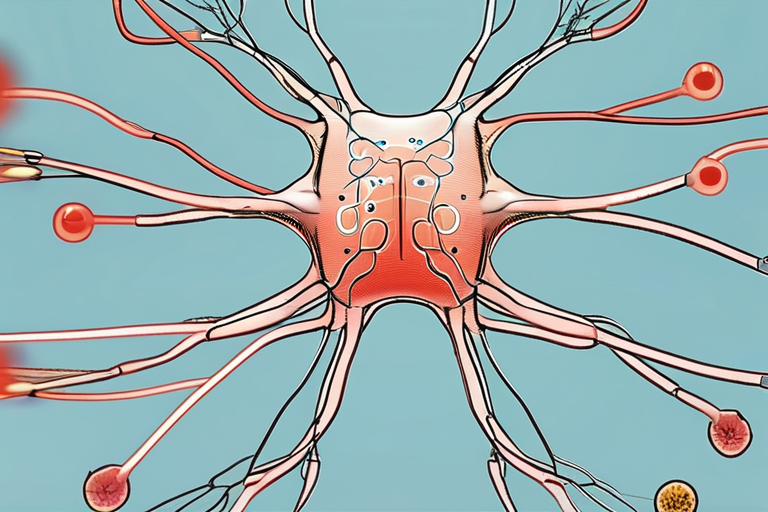


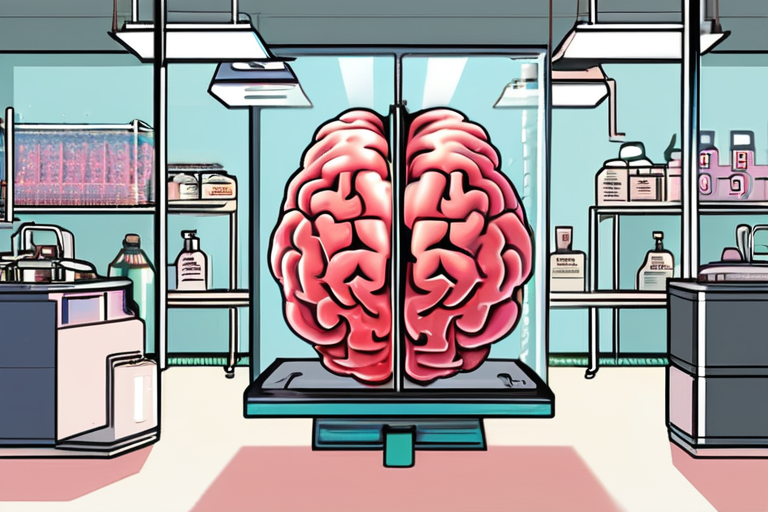
Share & Engage Share
Share this article